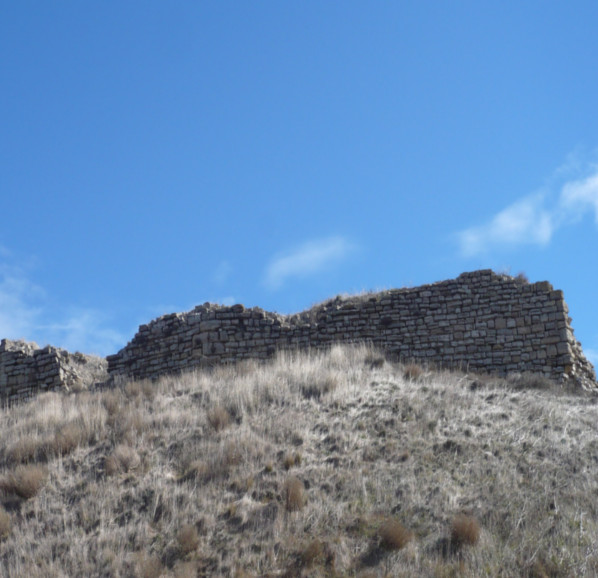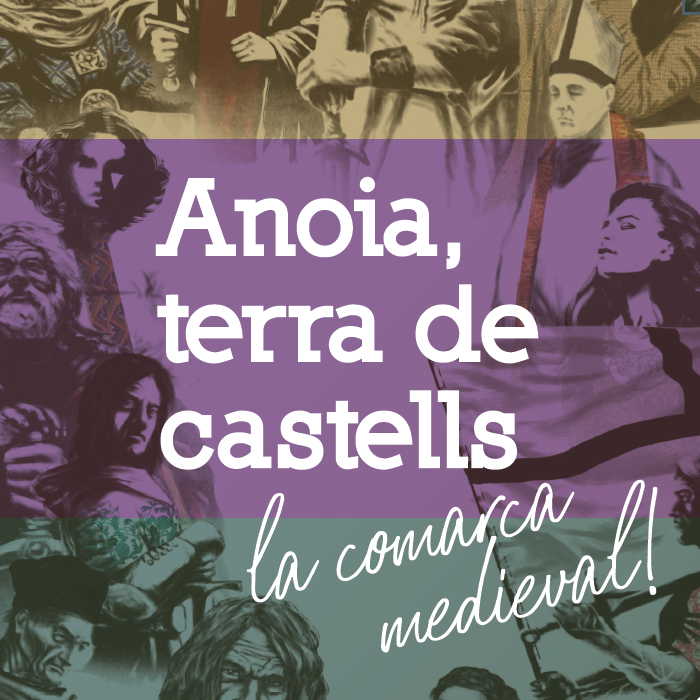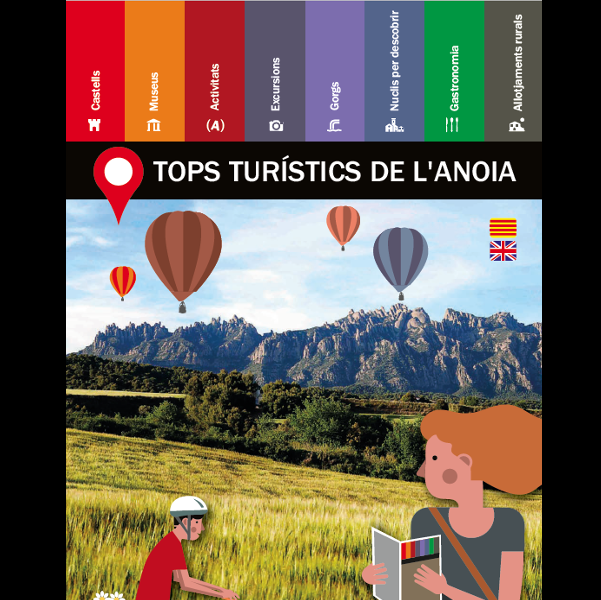Argençola Castle
The castle was built at the turn of the 11th century by Màger, a lord with other possessions in the southern part of the county. It is located at the top of a hill with a commanding view of some of the passes from the Òdena basin to Conca de Barberà and the Segarra area. The village of Argençola grew around the castle on the hillside.
Access to the castle is restricted by a recently built retaining wall. The complex was adapted to the relief of the hill, with a walled upper and lower enclosure. The upper enclosure contains the base of a circular tower (with a diameter of 7.3 m), along with the ruins of a room with an irregular floor plan and a rectangular-shaped room with a stone-vaulted roof (possibly a water cistern). The lower enclosure houses the church of Sant Llorenç, the original building that must have formed part of the castle complex.
The castle had several different owners after Màger, including the Queralt family (14th century) and the Argençola family, Jeroni de Rocabertí i d’Argençola being granted the title of marquis in 1702.
The most turbulent period in the castle’s history was around the time of its construction. In the late 10th century and at the turn of the 11th century, Anoia suffered a series of raids by Almanzor and his son Abd al-Malik. As such, the purpose of the castle was to safeguard this point of entry into Christian territory. Nevertheless, in 1032, just after the civil war that lead to the fracturing of the Caliphate of Cordoba into a number of independent kingdoms (taifa), the Moors laid waste to the Argençola area and took many prisoners there.



